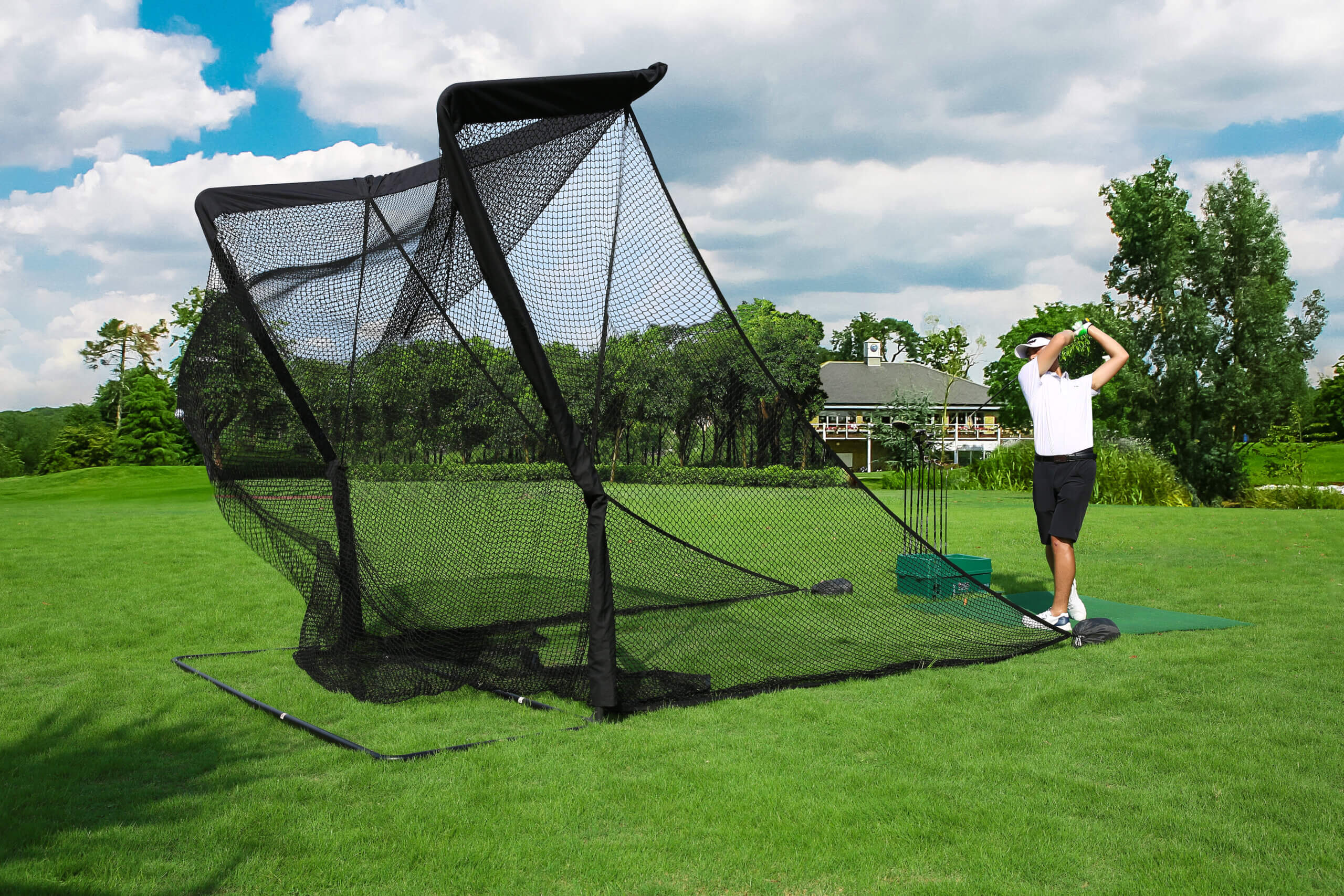
For the dedicated golfer, the desire to practice is often at odds with the demands of time, weather, and distance to the nearest driving range. The solution that brings the range to your backyard or garage is the golf practice net. This simple, yet essential, piece of equipment allows for consistent, quality repetition, enabling a golfer to groove their swing, test new clubs, and gain critical muscle memory without having to pay for a bucket of balls or spend an hour in traffic. However, choosing the right golf practice net is not a simple grab-and-go decision. The market offers a wide variety of nets differing in size, material, durability, and intended use. Making an informed choice requires understanding the nuances of these options to ensure your investment is safe, effective, and tailored to your specific needs.
The primary function of any Golf Practice Net – Golf Net for Backyard is safety—to contain the velocity and impact of a golf ball struck with a full swing. A full-speed driver swing can generate ball speeds well over 100 miles per hour, meaning the net must be structurally sound and capable of dissipating massive kinetic energy without tearing or collapsing. The best net acts as a reliable backstop, allowing you to focus entirely on your swing mechanics without worrying about sending a ball through a window or into a neighbor’s yard.
Understanding Net Types and Structures
Golf nets generally fall into two main categories: the enclosure net (or cage) and the impact screen.
1. The Enclosure Net: This is the most common and versatile type, designed for general practice with all clubs, from wedges to drivers. Enclosure nets typically have a deep, box-like shape, often resembling a tent, with sides and a ceiling to catch errant shots. The netting itself is usually made from heavy-duty nylon or polyester. The primary impact point is usually a separate, reinforced target sheet or baffle suspended a short distance behind the main net. This baffle absorbs the initial impact, protecting the more expensive outer netting. When evaluating an enclosure net, look for a sturdy frame, often made of fiberglass or steel poles, and a deep design that safely funnels the ball to the ground after impact, making ball retrieval easy.
2. The Impact Screen: This type is specifically designed to be used with a golf simulator. The screen itself serves as the backdrop onto which the simulator projects the image of the course. Crucially, the screen must be tightly woven and thick enough to withstand repeated impact without tearing, while also providing a smooth, clear surface for projection. Impact screens are generally much more expensive but are only necessary if you plan to invest in a launch monitor or full simulator setup. They are prized for their realism and immersive experience.
Ease of Setup and Portability
If you plan to use the net outdoors and need to set it up and tear it down frequently, ease of setup is a critical consideration. Look for designs that use shock-corded fiberglass poles, similar to modern tent poles, which make assembly quick and intuitive. Some nets even feature pop-up designs that can be deployed in seconds.
However, if your net will be a permanent fixture in a garage or basement, a more robust, semi-permanent steel-framed cage will offer greater durability and stability. Always balance durability with your need for portability. A heavy-duty, commercial-grade net will be extremely durable but nearly impossible to move frequently.
Conclusion: An Investment in Your Game
A golf practice net is an indispensable tool for accelerating improvement, providing the opportunity for high-volume, low-friction practice anytime you desire. Before making a purchase, treat the decision as an investment in your game’s longevity. Focus first and foremost on safety and durability, ensuring the net’s materials and construction are sufficient to contain the full force of your hardest drive. Match the size to your available space and your most-used club, and select a net type—enclosure or impact screen—that aligns with your practice goals. By applying this checklist, you can confidently choose a high-quality golf practice net that will serve as the foundation for endless hours of effective, safe, and skill-building practice.


